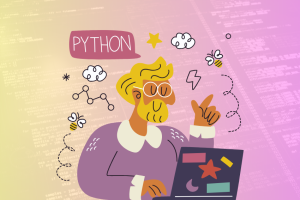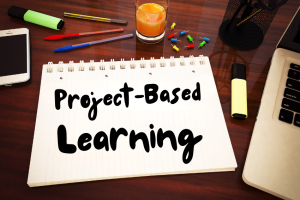Human resource (HR) managers are usually faced with the uphill task of ensuring that all of the employees in their organization are working in the best possible conditions. This starts with hiring the top talent, retaining talent, predicting employee productivity in different periods, and optimizing employee productivity. Achieving all of that can be stressful for HR managers who don’t have enough data.
Data can significantly boost HR efforts in improving an organization’s workforce. However, to make the most of the information regarding your workforce, you’ll need to use workforce intelligence software to analyze and visualize structured, semi-structured, and unstructured data. Doing so would then help you come up with recommendations on workforce management.
Importance Of Workforce Intelligence Software
Human resource managers depend on workforce data to make more informed decisions. For big data, they’ll need a good program to help them assess how employees are doing. Getting workforce intelligence software will boost their efforts in the following ways:
Smart Recruitment
Most organizations are constantly faced with challenges in recruiting the right talent. However, it’s possible to eliminate misfits from the pool of applicants and only retain the best of them. You can collect data regarding applicants from the organizations they previously worked for and analyze their suitability to your company.
By employing recruitment analytics, HR can streamline the recruitment process, hence saving costs and time. Moreover, they can be sure that they’re recruiting quality talent, which will play a big part in improving the productivity of the organization and even the well-being of other employees.
Increase Employee Engagement
Usually, it’s challenging to measure employee engagement because it’s unstructured data coming in the form of feedback, employee turnover, and cause of absenteeism. These metrics can be tricky to measure and visualize without the right tool. HR managers can’t know how to improve employee engagement if they can’t determine such factors in the first place.
But with workforce intelligence software, it becomes easy for the HR team to collect and analyze engagement data and see the finer details that would otherwise be hard to find. They can then know what areas to improve in order to enhance employee engagement. Therefore, if it’s becoming more complicated to measure and improve engagement in your organization, turning to workforce intelligence software will do the trick.
Mitigating Risks
Your employees could, at some point, be a risk to your organization. Should some of them discuss leaving the company, this might negatively affect the productivity of other team members. When you employ workforce intelligence software, you can identify which employees are at risk of leaving the company and take the necessary measures to make sure that you retain your top talent despite being exposed to such discussions.
By consistently collecting and analyzing unstructured data such as employee feedback and complaints, you can pinpoint employees who are negatively influencing others. You can then mitigate this risk and promote more positivity within the organization.
Identify Skill Gaps And Upskill
It’s normal for employees to lack a particular skill required by the organization. The HR team should identify this talent gap and decide whether it’s more cost-effective to train someone from the in-house workforce or to recruit new talent.
Workforce intelligence software will help HR personnel figure out which individual or group in your organization can be easily trained. This can be done by analyzing their performance and current skill set to see who’s most suitable for the new role before training them accordingly.
Improve Workforce Planning
Different seasons will bring different demands to a business. As such, your business can either be faced with a surplus or a shortage of talent. A dynamic organization should be able to align its workforce availability with the prevailing demand.
Getting workforce intelligence software can play a significant role in ensuring that you anticipate events before they happen. You don’t want to be in a situation where your current employees can’t meet the demands of clients, and you have to recruit and train employees on short notice. Moreover, you’ll know what skills are required at what time and plan intelligently. Also, workforce intelligence can help you allocate work to employees during their working hours to improve their productivity.
Conclusion
The HR team needs to be more efficient in handling the workforce of an organization because employees are the ones who can ultimately determine how successful a company will become. Therefore, their efforts should be invested in intelligent recruitment and retention, mitigating risks, and intelligent workforce planning.
Achieving all those may seem like a big challenge at first, but fortunately, workforce intelligence software can be of great help. As big data becomes more significant each day, getting the right software that’ll help you collect, analyze, and visualize information will allow you to enhance your HR efforts in a highly efficient manner.



